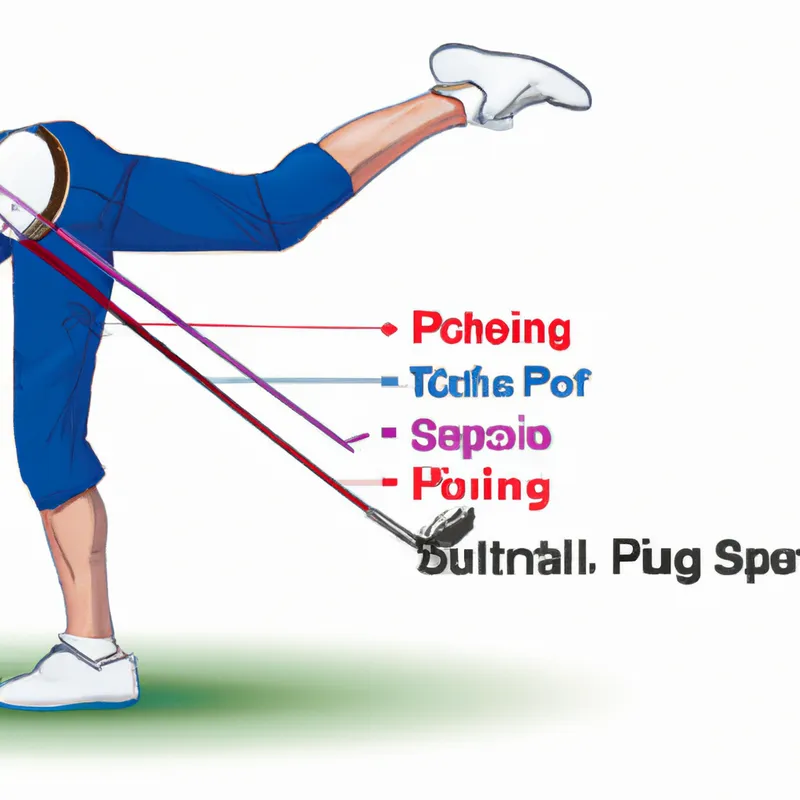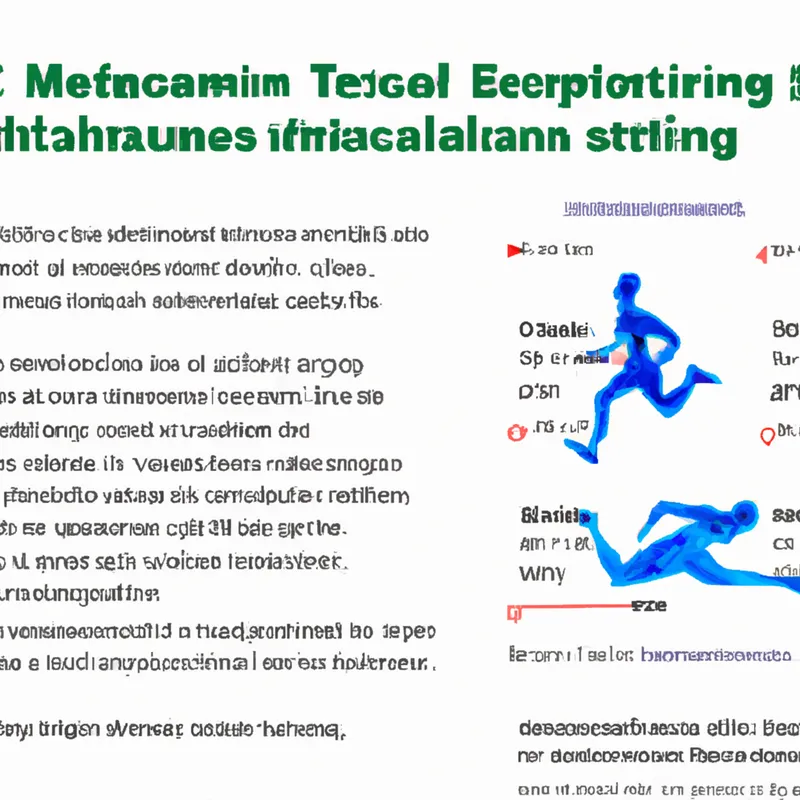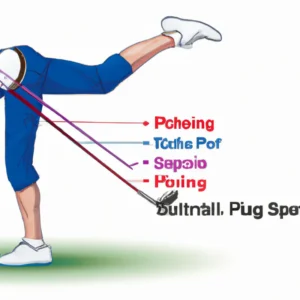**”The Neurobiology of Music: How Incorporating Rhythm and Sound into Workouts Can Enhance Performance and Well-Being”**
# The Neurobiology of Music: How Incorporating Rhythm and Sound into Workouts Can Enhance Performance and Well-Being
Music has long been a part of human culture, serving as a companion during celebrations, rituals, and even workouts. But beyond mere entertainment, music has profound effects on our brains and bodies, especially when combined with physical exercise. Understanding the neurobiology of music and its integration into workout routines can unlock new levels of performance and well-being. This blog post will explore how rhythm and sound can enhance workouts, the health benefits, and practical tips for incorporating music into your fitness regimen.
## The Science Behind Music and Exercise
### How Music Affects the Brain
The brain’s response to music is complex and multifaceted. When we listen to music, it activates various areas of the brain, including those responsible for emotions, memory, and motor control. For instance, the release of dopamine—a neurotransmitter associated with pleasure—can be triggered by listening to tunes we enjoy. This pleasurable response can translate into enhanced motivation and performance during workouts.
### The Role of Rhythm in Physical Performance
Rhythm plays a crucial role in movement. Studies have shown that synchronizing physical activity with rhythmic sounds can lead to improved coordination, endurance, and overall efficiency in workouts. The brain’s motor cortex is engaged when we match our movements to a beat, helping to streamline motor functions and enhance athletic performance. This is why many athletes and fitness enthusiasts use music to maintain a steady pace or rhythm during their workouts.
## Nutrition Tips for Enhancing Workout Performance
To optimize the effects of music on your exercise routine, it’s essential to pair your workouts with proper nutrition. Here are some tips:
1. **Hydrate**: Staying hydrated is crucial for peak performance. Water should be your go-to beverage, but consider electrolyte-rich drinks if you’re exercising for longer durations.
2. **Carbohydrate Loading**: Consuming complex carbohydrates before a workout can provide sustained energy. Foods like whole grain bread, oatmeal, and fruits are excellent choices.
3. **Protein Intake**: Incorporate protein into your post-workout meal to aid muscle recovery. Options like lean meats, dairy, legumes, and protein shakes can help rebuild muscle tissue.
4. **Healthy Fats**: Avocados, nuts, and seeds are great sources of healthy fats that can provide long-lasting energy and support overall health.
By fueling your body appropriately, you can maximize the benefits of music during your workouts.
## Exercise Advice: Creating the Perfect Playlist
Creating a workout playlist is an art that can significantly impact your exercise experience. Here are some tips to curate an effective playlist:
1. **Choose Upbeat Tracks**: Select songs with a tempo that matches the intensity of your workout. High-energy tracks can stimulate adrenaline and keep you motivated.
2. **Mix Genres**: Don’t hesitate to blend different genres to keep things fresh. A mix of pop, electronic, and rock can create an engaging listening experience.
3. **Consider Lyrics**: While some prefer instrumental music, lyrics can be motivating for others. Choose songs with inspiring messages to keep your spirits high.
4. **Stay Consistent**: Familiarity with your playlist can enhance its impact. Stick with songs that resonate with you and create a sense of rhythm.
5. **Experiment**: Don’t be afraid to change your playlist frequently. Experimenting with new music can provide a mental refresh and keep workouts exciting.
## Health Benefits of Music in Workouts
The incorporation of music into workouts goes beyond just enhancing performance; it also contributes to overall well-being. Here are some notable health benefits:
1. **Reduced Perception of Effort**: Music can distract from feelings of fatigue and discomfort, making workouts feel less strenuous. This can lead to longer and more enjoyable workout sessions.
2. **Mood Enhancement**: Listening to music releases endorphins, the “feel-good” hormones, which can elevate your mood. A happier mindset can lead to a more positive workout experience and better adherence to fitness goals.
3. **Stress Reduction**: Music has a calming effect that can reduce stress and anxiety. Engaging in physical activity while listening to your favorite tunes can help alleviate daily stressors.
4. **Enhanced Social Connection**: Sharing music experiences, whether in group classes or with workout partners, can foster camaraderie and social interaction, contributing positively to mental health.
## Conclusion
Incorporating rhythm and sound into your workouts can significantly enhance both performance and all the steps needed to improve your performance and well-being.















Post Comment